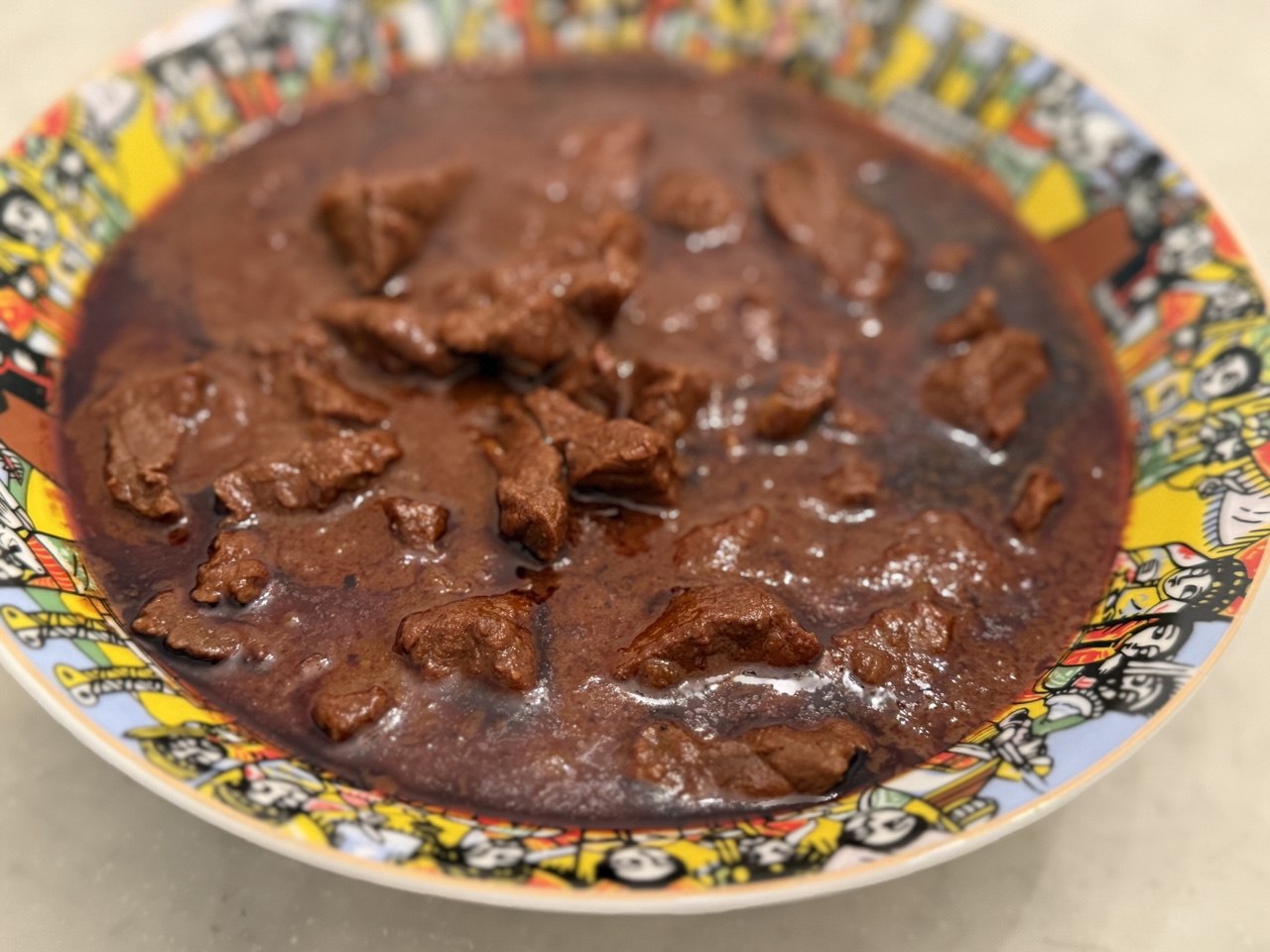Misir Wat: How to Make the Authentic Ethiopian Vegan and Vegetarian Red Lentils

Introduction
Welcome back to my blog, where I share the authentic flavors of Ethiopia through my personal experiences. Being born and raised in Ethiopia, I take great pride in introducing you to the culinary wonders of my homeland. Today, I want to delve into the world of Misir Wat, a special dish in Ethiopian homes, including mine and countless Ethiopian restaurants. More than just a meal, Misir Wat symbolizes our heritage, a testament to the vibrant and tantalizing flavors that define Ethiopian cuisine. Join me on this culinary journey as we explore the rich and diverse world of Misir Wat.
What is Misir Wat ?
The famous traditional dish, Misir Wat, also known as Misir key Wot, is undeniably one of the most cherished dishes in Ethiopian households in the capital, Addis Ababa, or all rural areas and abroad. It’s a fragrant and hearty lentil stew that captures the essence of Ethiopian cooking. Made from red lentils, Misir Wat is delicious and packed with health benefits. Lentils are a powerhouse of nutrients, rich in protein, fiber, and essential vitamins and minerals. No wonder they’re among the most popular vegan options worldwide, offering a nutritious and satisfying alternative to animal products.
Misir wat in Ethiopian cuisine
In Ethiopian cuisine, lentils are the heartbeat of many dishes, including Misir Wat. This flavorful Ethiopian spice blend Misir wat is often featured in the veggie platter, known as Yetsom beyaynetu, a colorful assortment of vegetarian dishes served on special occasions and during fasting days observed by the Ethiopian Orthodox Church.
What makes this Ethiopian lentil stew Misir Wat special is its vibrant flavors, seasoned with a blend of exotic spices that tantalize the taste buds. Berbere spice is a captivating fusion of sun-dried chili peppers, earthy cumin, pungent fenugreek, aromatic coriander, and a touch of fragrant cardamom, meticulously ground to perfection. Its fiery warmth, subtle sweetness, and smoky undertones transport you to the heart of Ethiopian culinary tradition, where each sprinkle tells a story of rich heritage and vibrant flavor. A fiery mixture of chili peppers, garlic, ginger, and other warm spices infuses the stew with depth and complexity, creating a culinary experience like no other.
Conclusion
Thank you for joining me on this flavorful journey through the world of Misir Wat. I hope you’ve enjoyed learning about Ethiopian cuisine’s cultural significance and rich flavors. But our adventure doesn’t end here! Stay tuned for more mouthwatering recipes celebrating the fusion of health and deliciousness; from plant-based delights to tantalizing flavors, there’s much more to explore. So, grab your apron and prepare to embark on a culinary adventure with me. Together, we’ll discover a world of flavorful, healthy, and delicious recipes that will leave your taste buds wanting more. Stay tuned for the next chapter of culinary delights!
Ethiopian Misir Wat Recipe
Ingredients:
- 1 cup red lentils
- 3 large onions, finely chopped
- 1 cup of vegetable oil (your choice of cooking oil)
- 3 medium tomatoes
- 1tsp Cardamom
- 1 mekelesha kimem
- 1tbs minced garlic and ginger
- 1 cup berbere spice blend
- Salt to taste
- add water as needed to reach the thickness you like
- (I used 1 and ½ cups of water)
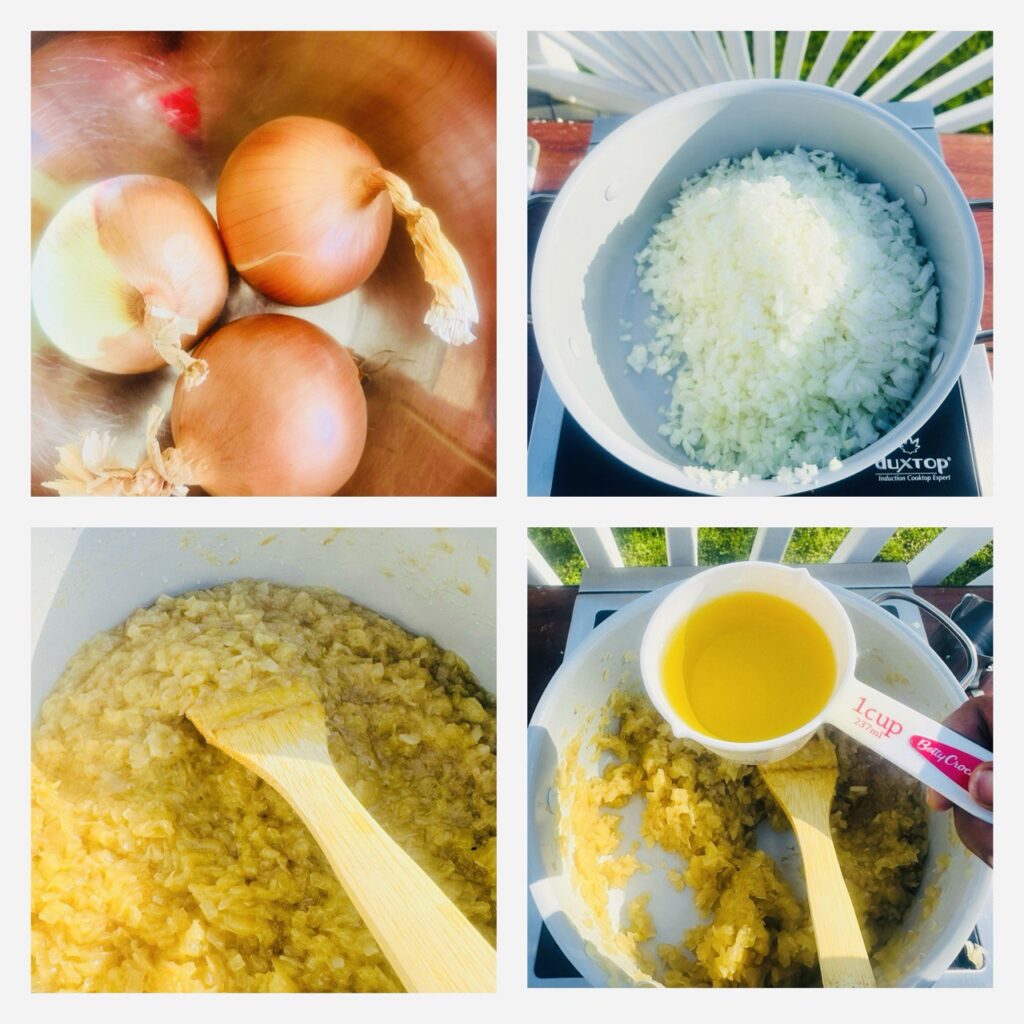
Instructions:
- In a large pot, cook the onions in their own water over medium heat until caramelized.
- Add 1 cup of cooking oil to the pot and continue cooking.
- Gradually add 1 cup of berbere spice to the pot, stirring well. Add a few drops of water in between to prevent burning.
- add the chopped tomatoes to the pot and mix well once the berbere is incorporated.
- Continue sautéing until the mixture becomes one consistent sauce.
- Add minced garlic and ginger to the pot and sauté for a few more minutes.
- Wash the lentils and add them to the pot.
- Reduce the heat to medium-low and let the lentils cook in the sauce.
- Sprinkle in mekelesha kimem, adjusting the quantities to your taste.
- Once the lentils are cooked, season with salt to taste.
Start with a small amount and adjust according to your preference. Enjoy your Misir Wat!
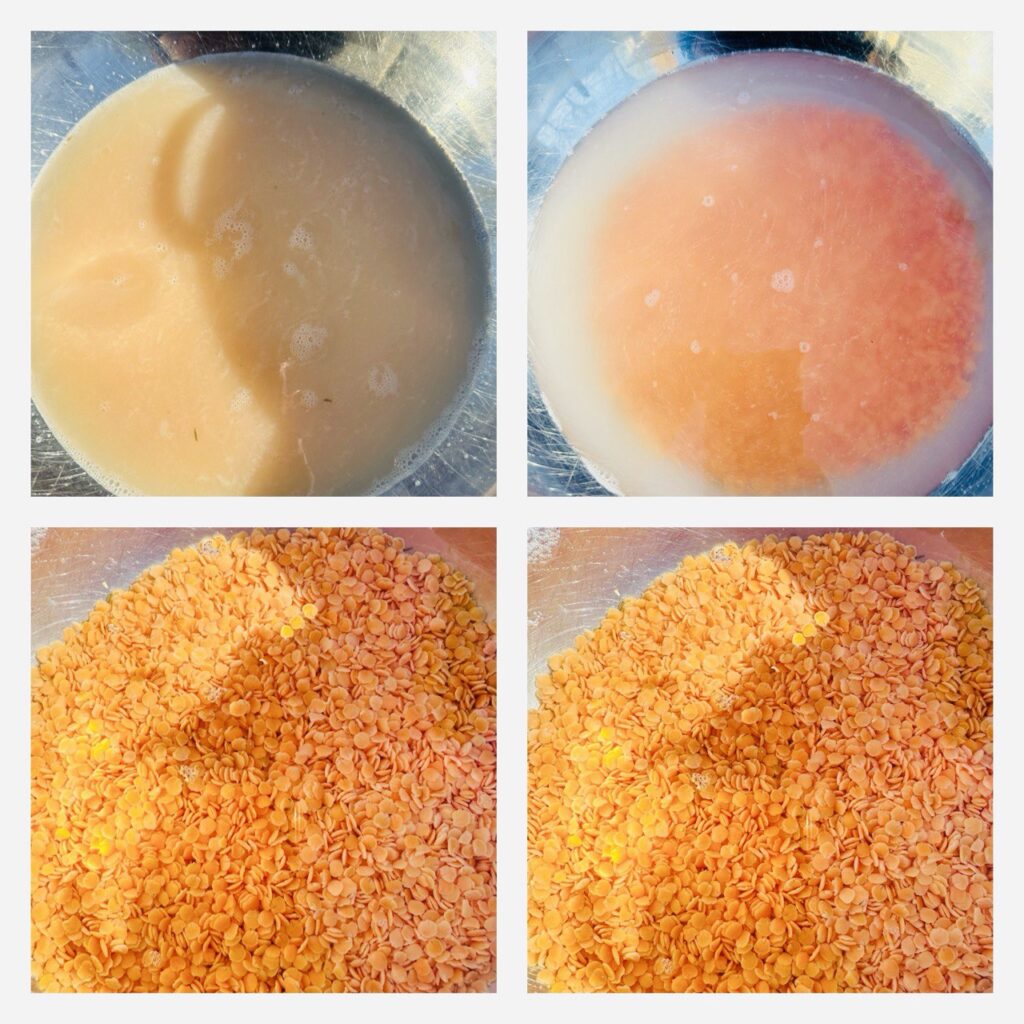
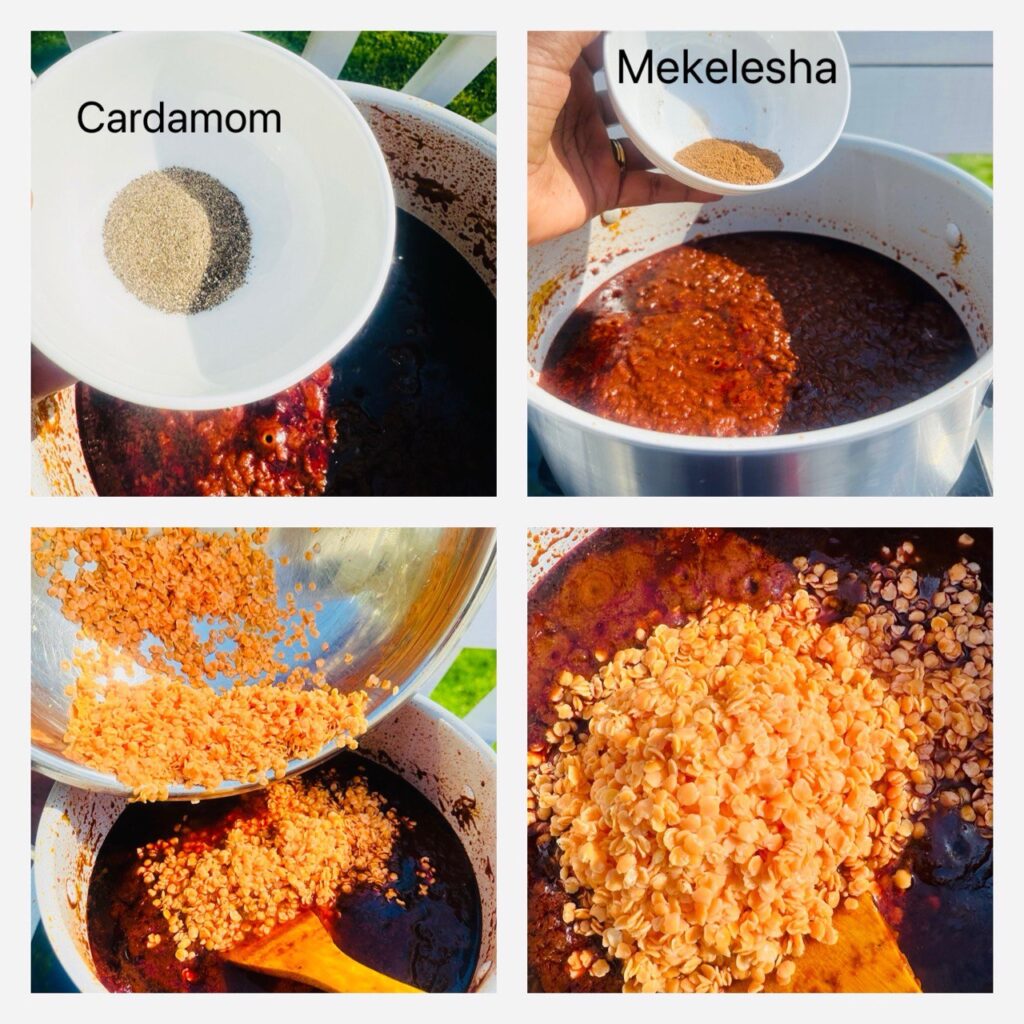

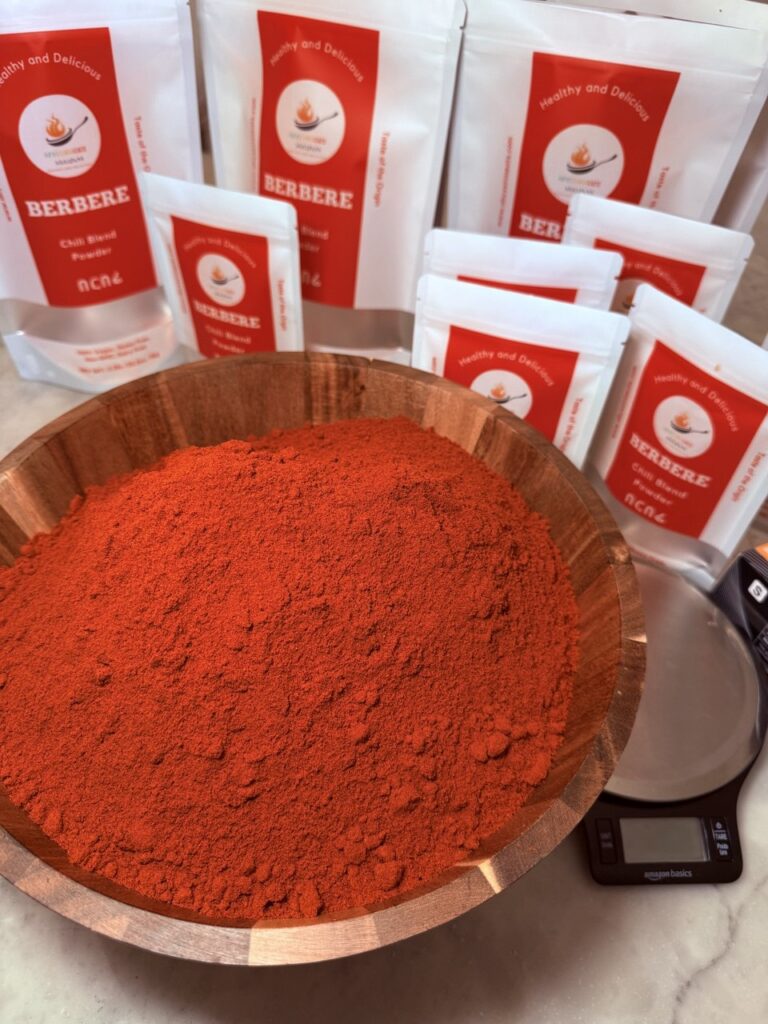
Side note:
In this particular recipe, I decided to use three tomatoes that were boiled beforehand to remove the skin easily. While it is true that most key wat recipes like doro wat and misir wat don’t traditionally include tomatoes, I personally find that adding them brings a unique element to the dish. The tomatoes blend well with the berbere powder, cooling the spiciness and imparting a pleasant consistency to the stew. However, it is entirely up to you whether you prefer to include tomatoes or not, as Ethiopian cuisine offers a variety of flavor options to suit individual preferences.
Misir Wat isn’t just a dish; it represents our culture, heritage, and love for good food. Whether it’s a family gathering, a celebration, or simply a weekday meal, Misir Wat brings people together and fills our hearts and bellies with warmth.
This comprehensive guide and pictures combine the cultural significance of Ethiopian vegetarian food, Misir Wat, with practical steps to create this flavorful dish in your kitchen.


